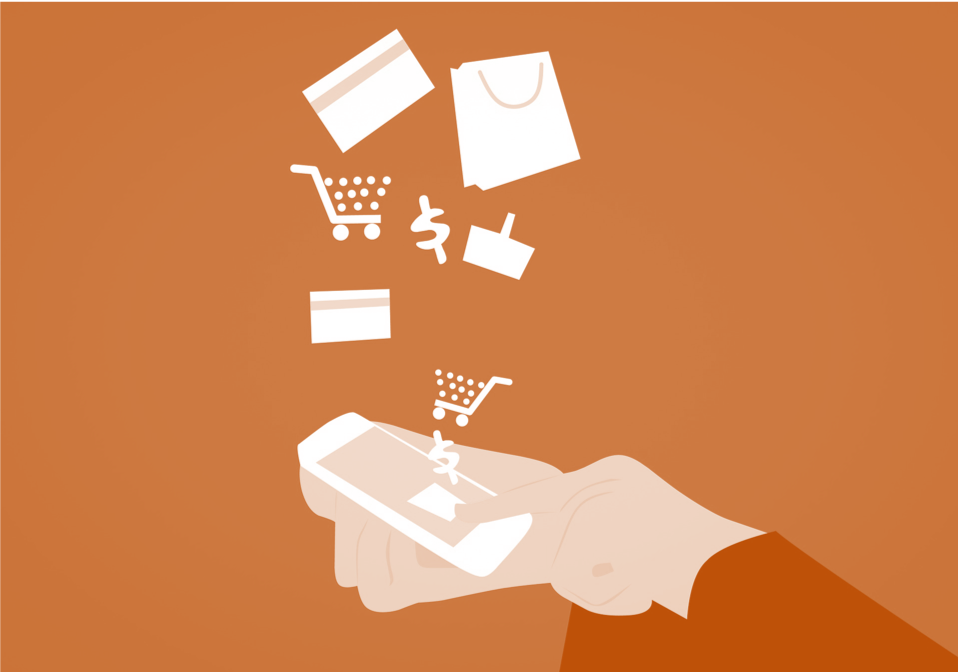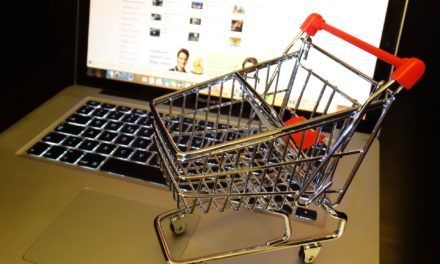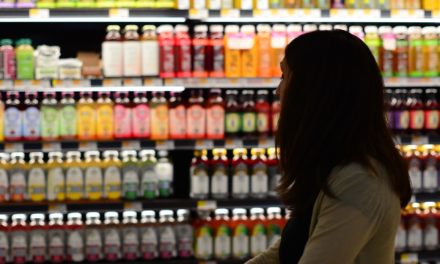Mobile Engagement IS NOT OPTIONAL
The era of retailers not engaging their customers through mobile digital channels has ended faster than expected. Hardly 18 months ago, the “luxury” of robust mobile engagement was left to large conventional retailers with ample budgets. Since then, mobile (either app or mobile web) has been rapidly adopted by customers as the best method to help make purchase decisions.
Over 60% of people use mobile in-store to search for product information and savings opportunities according to the Valassis 2K17 report. The answer to is not to simply “have a mobile app”. Rather it’s to invite customers to engage with retailers. Insights from these engagements will improve future communications and targeting. The result? Increased trips and bigger baskets from their most valuable customers.
Mobile Success Drivers
In looking at success drivers in retail, I have identified the following key mobile functionalities:
(1) Loyalty Status
Running a points-based loyalty program? Your mobile app should recognize an individual customer’s “performance”. This could mean donating part of sales to charity, acknowledging status, or delivering meaningful rewards. This shows customers their loyalty is valued and how their purchases directly contribute to that value. Mobile should show them how many points they have accumulated. Or it might display their tier status and associated benefits.
(2) OFFERS & DEALS
To engage value-focused shoppers, apps need to be THE place where they “clip” coupons, opt-in to continuity programs and find weekly deals. The higher the scan rate, the more customer-connected transactions can enable personalized offers. These type of offers increase relevance and, ultimately, redemption. Not all customers will clip offers, but the ones who do are very engaged. They also represent a disproportionately large part of your sales. Make certain your offer inventory is reflective of core categories, with both trip-driving and basket-building brands.
(3) PRODUCT ATTRIBUTES
Showing a picture and price is no longer enough for smartphone-savvy customers. Rich product content and information is a mandatory. This includes product benefits, nutritional facts, videos to show how products are used, and lifestyle diet labeling + categorizations. If you don’t have this, customers may ultimately choose to buy from your competition.

(4) LOCATION
Help customers find your stores. Make sure they have a reason to activate location services. Great offers coupled with push notifications in proximity to the store can spur unplanned trips.
(5) RECIPES & SHOPPING LISTS
Make it easy for customers to plan meals with tailored recipes or recommended shopping lists. Leverage recommendations with the above strategies to ensure customers make informed and efficient purchase decisions. This is true whether the customer comes to a store or has products delivered to their home.
(6) TARGETING
Underpinning all of these capabilities must be a dynamic customer intelligence platform. Combined with behavior-based targeting functionality, this helps inform and direct engagement efforts. Customer intelligence highlights the performance of each engagement at reaching the desired customers and increasing their longitudinal loyalty. However, if you can’t reach them in a personalized manner, the insights will have limited effect on your operations.
(7) OMNICHANNEL COMMERCE
Retailers need to make products available to customers in and out of store. When customers ‘enter the store digitally’, make sure products are available based on the distribution method. If the customer opts for “click & collect,” the assortment presented must accurately reflect what is carried in the store where the customer is collecting the purchase.
Moreover, any discounts or deals the customer may have earned should be available regardless of the commerce channel. Too often, retailers treat eCommerce as separate and distinct from in-store transactions. Unata refers to this as “island syndrome” and can cause customer dissatisfaction if not seamlessly addressed in the digital experience.
For “box & ship” purchases, customers are increasingly accustomed to expanded assortment options. Yet, for store-based transactions, the assortment must be relevant in a mobile environment. The worst scenario is when a customer selects an item and arrives at the store only to discover that one or more of the items are either not carried in that store or are out of stock.
SATISFY CUSTOMER NEEDS
Retailers that employ these functional tools in their mobile customer engagement strategy will satisfy the needs of their customers better. This will keep them shopping more often, with bigger transaction sizes.





